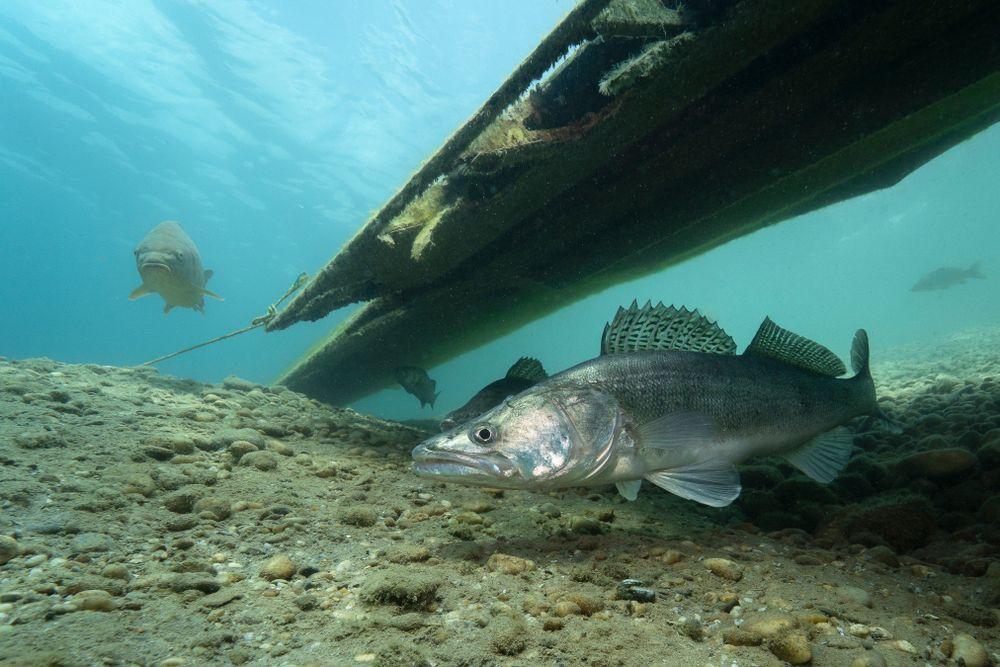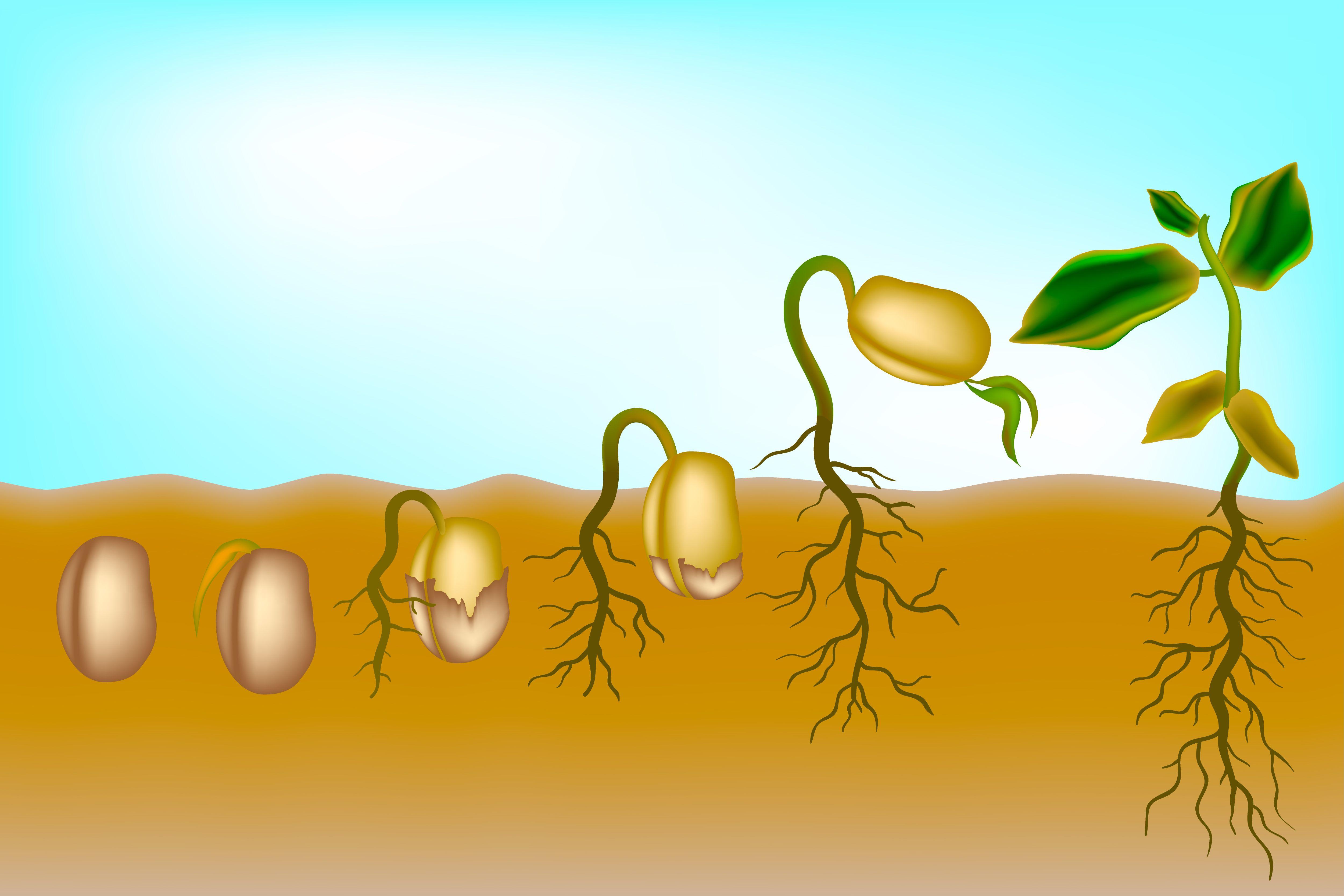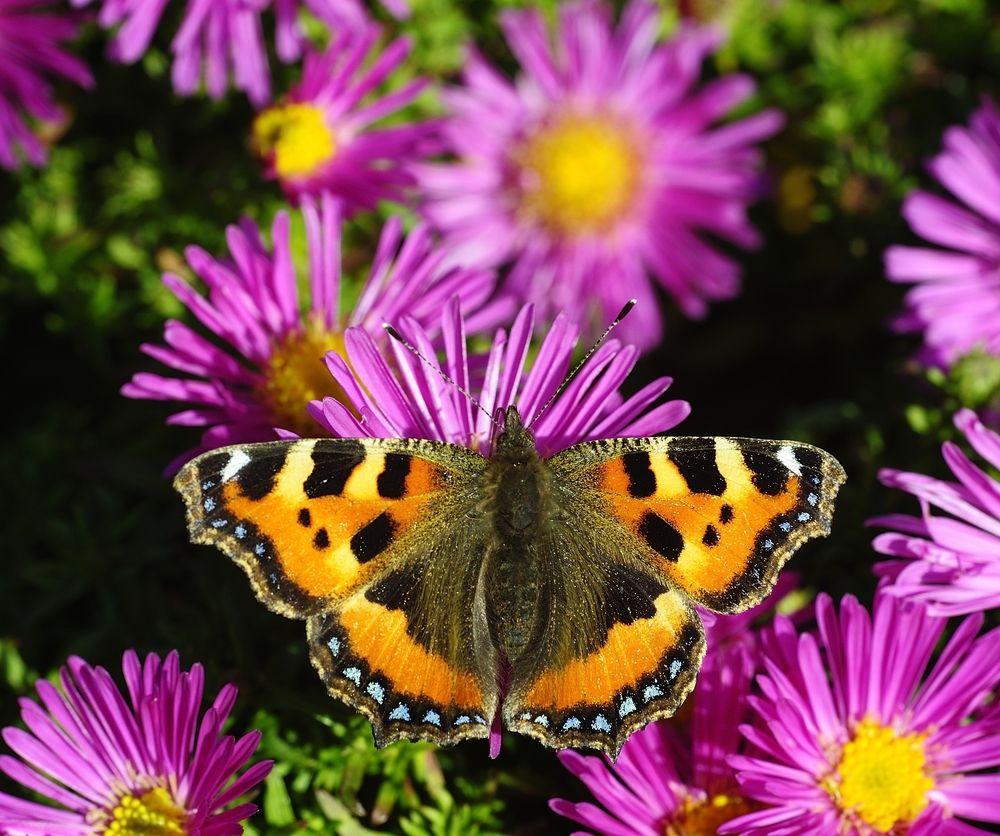Learning objective
- To write a range of sentences in French to describe a food chain.
Success criteria
- I can write a sentence of my own
This content is for subscribers only. Join for access today.
National curriculum
Languages
Pupils should be taught to:
- Write
This content is for subscribers only. Join for access today.
Cross-curricular links
None.
This content is for subscribers only. Join for access today.
Before the lesson
This content is for subscribers only. Join for access today.
Lesson plan
Recap and recall
Divide the class in half and explain that you will show some slides of animals. There are three points to be earned for each slide: One point for the name of the animal. The children can use the direct or indirect object: le, la, l’ or un, une. ). The animals shown are: un/le lapin,…
This content is for subscribers only. Join for access today.
Extended-mode explainer videos
How to extend your display to view the lesson page and preseantion mode simultaneously. Choose your operating system below to watch the video
If you need further support with extending your display,
please contact [email protected].
Extended-mode explainer video: For Mac
Extended-mode explainer video: For Windows
Adaptive teaching
Pupils needing extra support
Could simply label the animal names, and, if working with an adult, can add orally, mange – eat to link them. Can use the French, Year 3, Circle of life: Knowledge organiser to check the vocabulary and ensure they write the animal words down correctly.
Pupils working at greater depth
Could write sentences on the paper plate about the predator at the top of the food chain, for example, Le lion habite dans la savane. Le lion est un carnivore – The lion lives in the savannah. The lion is a carnivore. The children may need to be imaginative to create long enough food chains.
This content is for subscribers only. Join for access today.
Assessing progress and understanding
Pupils with secure understanding indicated by: following and adapting from the model
This content is for subscribers only. Join for access today.
Vocabulary and translations
-
où est ?
where is?
-
le (masc.)
the
This content is for subscribers only. Join for access today.





